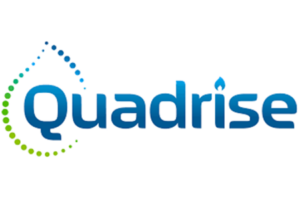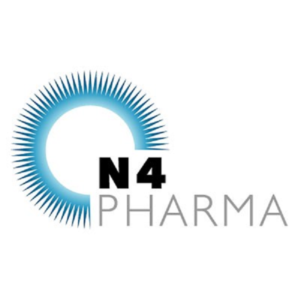Hardman and Co Analyst Mark Thomas caught up with DirectorsTalk for an exclusive interview to discuss his latest report on debt investment companies.
Q1: You’ve written a very detailed report on debt investment companies, why is this?
A1: We believe that to properly understand debt investment companies they need to be analysed as lenders first, and investment companies second, to understand their specific credit, business model, accounting and growth characteristics requires detailed expertise in lending.
Now, this report uses my experience of researching debt vehicles and lending businesses, for about 30 years, just to tease out the investment-critical characteristics. We’ve structured the report, so it starts with some thematic considerations that apply across all types of the company so understanding credit risk, understanding the outlook at this stage of the cycle, understanding the accounting and valuation implications, before we deep-dive into each of the sub-sectors. We’ve also provided investors with a simple tick-list of questions to consider for each different type of company.
Q2: What are the main attractions about debt investment companies?
A2: Firstly, they’re on a high yield, on average 7.1%, there’s several that actually yield over 10% and the lowest debt investment company is still an impressive 4.4%. Perhaps equally importantly, the dividend cover is supported, in many cases, by long-term cashflows.
The second attraction is that mainstream competition from banks has reduced because of their incremental capital requirements and this has created a structural growth opportunity for the sector from a very tiny market share.
Third, specialist skills can really add value by generating superior returns in niche markets.
Fourth, the sector, on average, trades at a discount to the NAVs so you’re buying it below its book value, the largest discount among continuing companies is actually around 14%.
Finally, given the underlying economic exposure, we would expect most of the sector to have a low correlation with equities and commodities and other types of investments so a lowly correlated asset.
Q3: So, you said earlier you need to properly understand these companies, so what are the risks?
A3: Well, the main risk is credit, credit, credit and credit. A gentle deterioration could actually be a positive as reinvestment will be at a higher spread than the current low levels and volumes could increase as banks’ appetite to lend wanes. However, a sharp deterioration in credit would be adverse and you need to understand for each of the companies, that dynamic, the positive and the gentle against a sharp deterioration if credit falls away heavily.
Second, and it’s not really a risk but more a key issue to understand, is the accounting, different companies have different types of assets, and these have different accounting methodologies. Investors need to understand the mechanics of how the Net Asset Value is calculated if they want to appreciate value.
Another risk is interest rate risk and the picture here is quite mixed, with some gaining from rising rates but there are the obvious credit implications.
Finally, in terms of the currency, the sector is long US dollars, but currency risk is very company-specific and you need to dig deep to understand that.
Q4: You say credit, credit, credit, what approach do you take in your note to help us understand how we should look at credit?
A4: What we do is we detail how investors should consider credit differently for those companies that invest directly, as opposed to indirectly, in debt.
For direct investors, we focus on the basic canons of lending, it goes by the acronym CAMPARI and ICE so character, ability, means, purpose, amount, repayment and interest, and the ICE bit is insurance, commissions and extras. We emphasise the importance of the character of the borrower and how lenders can actually establish a view on that. For direct lenders, we also note the importance of governance, the value of different types of security, the importance of effective execution of security, how it’s monitored and, critically, collections once an account is in arrears.
For indirect lenders, it’s a different approach, we highlight the importance of assessing the character and ability of the introducer of business, statistical portfolio techniques and the issues looking through to underlying exposures. Diversification benefits, the process by which recoveries are managed and the option of sale are also important issues. Finally, we consider where we are in the credit cycle and the impact on the bottom line of changes in spreads, volumes and credit impairment. As I said earlier, a gentle deterioration in credit could actually be a positive as in widening spreads and increasing volumes offset the higher credit losses.


















